Disclosure: This article contains affiliate links. We may earn a commission from purchases at no extra cost to you, which helps our travel content.
The southern tip of Saint Lucia harbors secrets that most tourists never discover. Having spent decades tracking down missing persons, I've developed a sixth sense for uncovering what's hidden in plain sight. Three winters ago, while escaping Birmingham's bitter cold, I stumbled upon Vieux Fort—a refreshingly authentic corner of an island otherwise dominated by luxury resorts. What began as a two-day stopover evolved into a week-long investigation of the area's coastal treasures. Unlike the manicured beaches of the north, these southern shores retain a raw, untamed quality that reminds me of crime scenes before they're disturbed—except these scenes feature pristine sands, dramatic rock formations, and waters in impossible shades of blue. For couples seeking genuine connection with both nature and each other, I've mapped out seven remarkable beaches that deserve your attention. Each offers its own distinct character, much like the unique fingerprints I once collected in my former life.
Sandy Beach: Where Airport Meets Paradise
The irony of Sandy Beach isn't lost on me—it sits directly beneath the flight path of Hewanorra International Airport, yet somehow maintains a sense of undisturbed tranquility that defies explanation. During my first reconnaissance, I arrived expecting disappointment and instead found myself transfixed by its mile-long stretch of golden sand bordered by swaying coconut palms.
What makes this beach particularly compelling for couples is its dual personality. The northern end buzzes with local energy—fishermen mending nets, children playing impromptu cricket matches, and the occasional beach bar serving cold Piton beers and freshly caught mahi-mahi. The southern portion, however, offers near-complete seclusion—perfect for those intimate conversations that define relationships.
The water here deserves special mention. Unlike the placid western shores of Saint Lucia, Sandy Beach faces the Atlantic, delivering consistent waves that create a soothing soundtrack. The surf ranges from gentle to moderately challenging, making it suitable for both swimming and beginner surfing.
I spent three consecutive mornings here, watching the sunrise transform the beach from mysterious darkness to golden illumination while taking notes in my waterproof notebook. Old habits die hard—I document everything, even on vacation. Each day revealed new details: the precise spot where sea turtles had nested the previous night, the changing patterns of driftwood deposited by tides, the quiet arrival of local vendors setting up for the day.
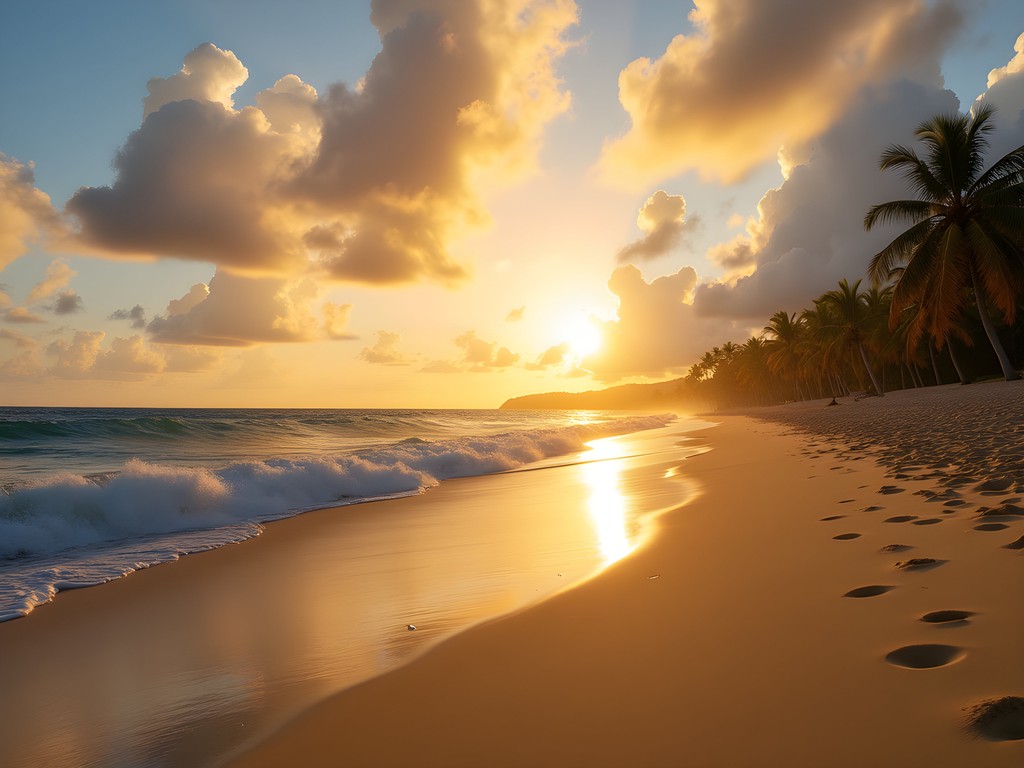
💡 Pro Tips
- Visit early morning (6-8am) for complete solitude and the best light for photographs
- The Reef Beach Cafe at the north end serves excellent fish cakes—ask for the extra-spicy version not on the menu
- Strong currents can develop in the afternoon; swim near the fishermen's area where waters are calmer
Anse des Sables: The Windsurfer's Secret
If Sandy Beach is the area's straightforward introduction, Anse des Sables is its complex, multi-layered counterpart. Located just northwest of the airport, this expansive bay offers what investigators call 'multiple points of interest'—each worthy of thorough examination.
The beach's most obvious feature is its consistent trade winds, which create ideal conditions for windsurfing and kiteboarding. During my visit, I watched practitioners of both sports skimming across the turquoise surface like water insects, leaving momentary trails behind them. Several schools offer lessons, making this an excellent opportunity for couples to try something challenging together.
What most visitors overlook, however, is the beach's northern section, where a series of small coves create natural privacy screens. Here, the wind diminishes significantly, and the water clarity improves dramatically. During my investigation, I discovered small coral formations just 15 feet from shore, accessible to even novice snorkelers.
I spent one particularly memorable afternoon here after renting a compact waterproof binoculars from a local shop. These allowed me to observe both distant windsurfers and the remarkable frigatebirds that nest on nearby Maria Island. The birds' distinctive silhouettes—like black scissors against the sky—provided a natural spectacle as they engaged in complex aerial courtship displays.
The beach offers little shade, so preparation is essential. I witnessed several unprepared couples retreating with sunburns that would certainly compromise the remainder of their vacation. Don't make the same mistake.
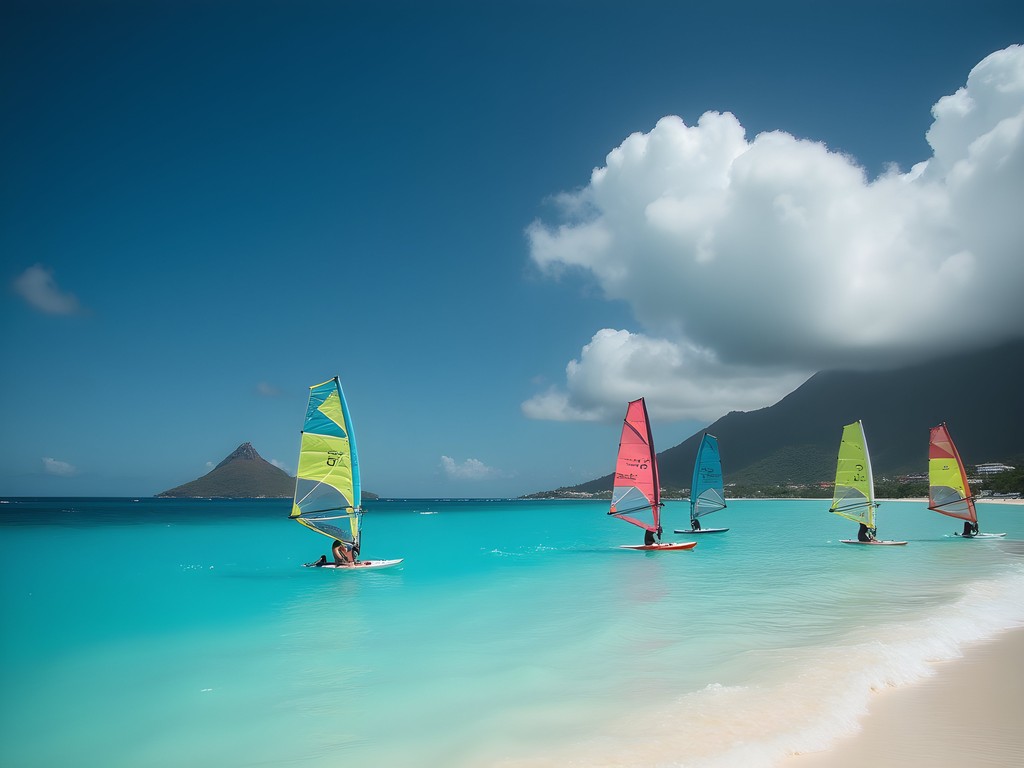
💡 Pro Tips
- Rent equipment and book windsurfing lessons at least a day in advance—the best instructors fill their schedules quickly
- Visit Maria Islands Nature Reserve by booking a tour with the Saint Lucia National Trust—the endemic wildlife is remarkable
- The beach has minimal facilities, so bring sufficient water and sun protection
Jalousie Beach: The White Sand Anomaly
My investigative instincts were immediately triggered by Jalousie Beach—something about it didn't align with the surrounding geography. While most of Saint Lucia's shores feature volcanic black or golden sand, Jalousie presents a startling expanse of powder-white that seems transported from another island entirely.
The explanation lies in its unique position between the iconic Pitons—those twin volcanic spires that define Saint Lucia's silhouette. This geological anomaly creates not just visual drama but a microclimate that feels distinctly different from beaches just miles away.
Reaching Jalousie requires effort that winnows out casual tourists. You can approach by water taxi from Soufrière (my recommended method) or brave the winding road down from the highlands. Either way, the journey reinforces the sense of discovery upon arrival.
The beach itself is technically part of the Sugar Beach Resort property, but Saint Lucian law ensures public access to all beaches. Non-guests can use the central portion of sand without charge, though amenities are reserved for resort patrons. This creates an interesting social dynamic I found reminiscent of certain surveillance operations—distinct groups sharing space while pretending not to notice each other.
The water clarity here surpasses anywhere else I've seen in Saint Lucia, with visibility often exceeding 50 feet. I spent hours with my full-face snorkel mask, observing reef structures that begin just yards from shore. The diversity of marine life—particularly sergeant majors, parrotfish, and the occasional turtle—creates an underwater narrative as compelling as any case I've worked.
For couples, Jalousie offers perfect framing for those inevitable photos that will later serve as evidence of your journey together. The Pitons rising on either side create natural borders to an experience that feels both intimate and expansive.
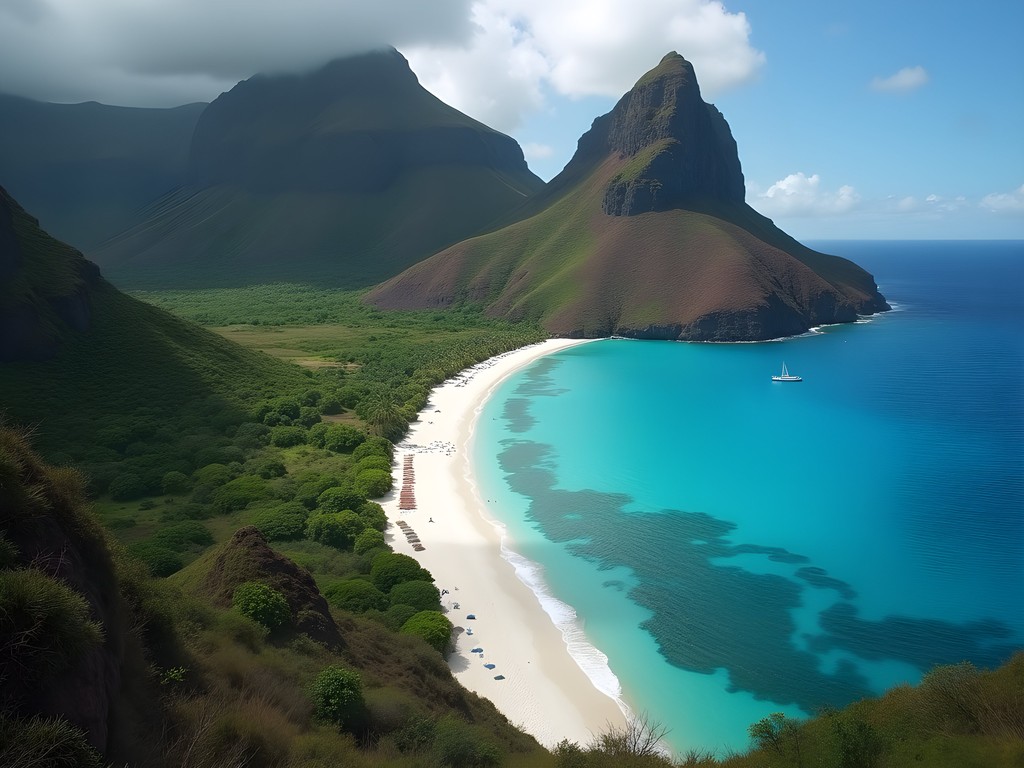
💡 Pro Tips
- Arrive by water taxi from Soufrière for the most dramatic approach and to avoid parking challenges
- Bring your own snorkeling gear and water—purchasing anything onsite comes with significant markup
- Visit midweek when cruise ships are less likely to be in port
Anse Chastanet: The Snorkeler's File
In my previous career, I learned that the most valuable information often lies just beneath the surface. Anse Chastanet embodies this principle perfectly—what appears to be a pleasant but unremarkable black sand beach conceals an underwater landscape of extraordinary complexity.
Located near Soufrière, this beach requires approximately 45 minutes of driving from Vieux Fort. The road's final segment descends through dense rainforest before revealing the sheltered cove. My rental car's suspension protested vigorously, but the destination justified the journey's challenges.
What distinguishes Anse Chastanet is its marine sanctuary status and the reef that begins mere yards from shore. During three separate visits, I documented over 30 species of fish, various corals, and fascinating behavioral patterns that reminded me of surveillance subjects—each species with its own habits, territories, and social dynamics.
The beach itself offers comfortable amenities without feeling overdeveloped. The adjacent resort maintains a low-key presence, and their beach restaurant serves excellent local cuisine at prices that, while not inexpensive, deliver fair value. I particularly recommend the grilled octopus with green fig salad—a dish I've subsequently attempted to recreate at home with limited success.
For couples seeking shared discovery, I suggest investing in an underwater camera. My decades as an investigator taught me that shared evidence creates stronger memories than individual recollections. The underwater world here provides endless opportunities for documentation, from tiny blennies peering from coral crevices to schools of blue tangs moving in synchronized patterns.
The beach's western orientation delivers consistently spectacular sunsets. On my final evening there, I witnessed a green flash—that rare meteorological phenomenon where the sun's last visible portion turns emerald for a split second before disappearing. Like many meaningful moments in life, it was too brief to photograph but impossible to forget.
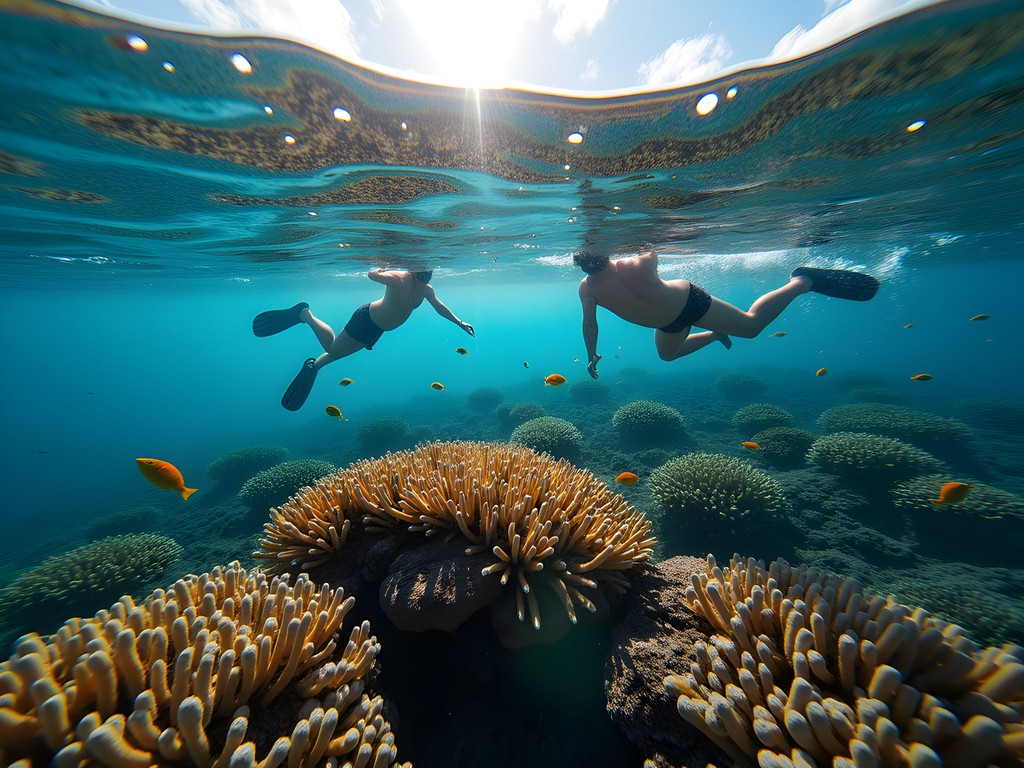
💡 Pro Tips
- Arrive early (before 10am) to secure one of the limited public parking spaces
- Snorkel the left side of the bay first, where the reef begins closest to shore
- Stay for sunset, but bring a light jacket—the temperature drops surprisingly quickly after the sun disappears
Grande Anse: The Turtle Sanctuary
Some investigations require patience—sitting quietly, observing patterns, waiting for the subject to reveal itself. Grande Anse demands this same approach. Located on Saint Lucia's undeveloped eastern coast, this wide, windswept beach initially appears desolate. But appearances, as any investigator knows, can be deceptive.
Reaching Grande Anse requires commitment. The road from Vieux Fort winds through rural communities and agricultural lands before deteriorating into a rough track. I recommend hiring a local driver with a 4WD vehicle unless you're confident in your off-road driving abilities. The journey takes approximately 40 minutes but transports you to a different world.
What makes Grande Anse extraordinary is its role as one of the Caribbean's most important leatherback turtle nesting sites. From March through August, these prehistoric creatures—some weighing over 1,000 pounds—haul themselves ashore under cover of darkness to lay their eggs. The experience of witnessing this ancient ritual ranks among my most profound travel memories.
During my visit in February, I missed the nesting season but observed the conservation work underway. Local guides showed me nesting areas from the previous year and explained their protection efforts. Their dedication reminded me of certain homicide detectives I've known—people committed to justice for those who cannot speak for themselves.
The beach itself stretches for nearly a mile, with powerful Atlantic waves creating a constant soundtrack. Swimming here is challenging and sometimes dangerous due to strong currents, but walking the shoreline offers its own rewards. I collected several pieces of sea glass worn smooth by decades in the ocean—tangible evidence of human activity transformed by natural forces.
For couples, Grande Anse offers something increasingly rare: genuine wilderness. During my four-hour visit, I encountered only two other people—local fishermen checking their nets. The sense of isolation creates a natural intimacy, encouraging conversations that might remain unspoken in more populated settings.
I recommend bringing a portable beach shelter as there's no natural shade. The Atlantic winds can be relentless, and sun protection is essential. Also pack sufficient water and food—there are no commercial facilities of any kind.
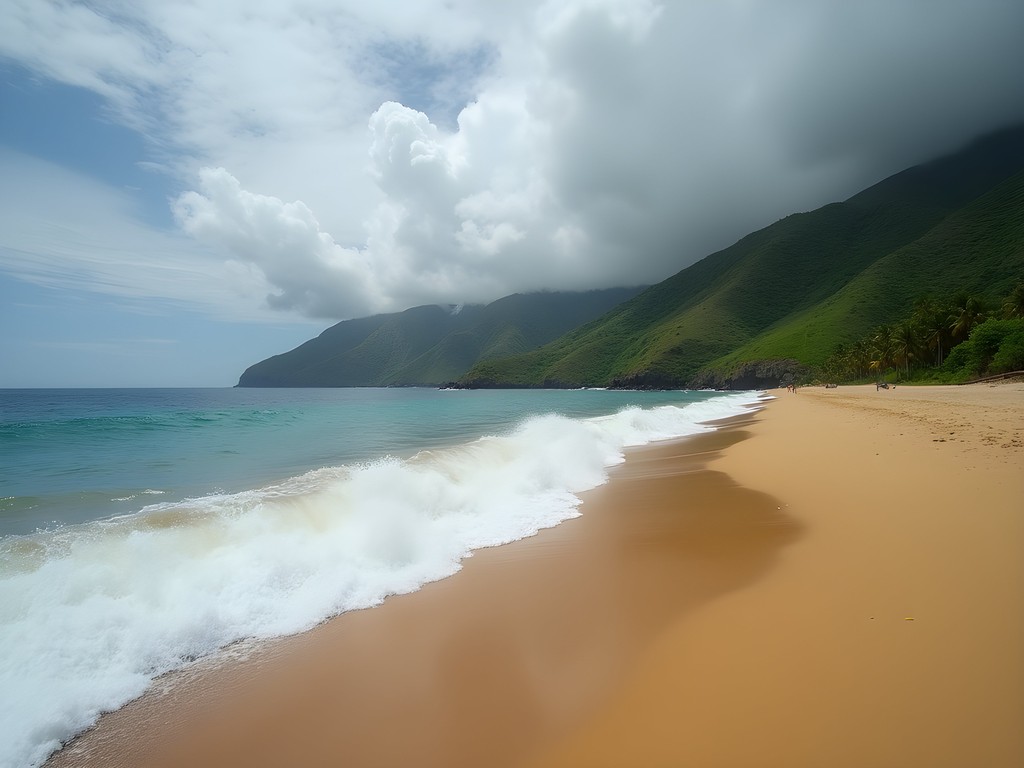
💡 Pro Tips
- Contact the Saint Lucia National Trust before visiting during turtle season (March-August) for guided nesting observation opportunities
- Wear sturdy footwear for the walk from the parking area to the beach
- Never disturb turtle nests or attempt to touch the animals—observe respectfully from a distance
Laborie Beach: The Cultural Immersion
In my investigative career, I learned that understanding a person requires understanding their community. The same principle applies to truly knowing a destination. Laborie Beach, just north of Vieux Fort, offers couples the rare opportunity to experience a functioning Caribbean fishing village largely unchanged by tourism.
The beach itself is a graceful curve of golden sand fronting a community where fishing remains the primary livelihood. Colorful wooden boats (gommiers) line the shore, and the day's rhythm follows the sea rather than the clock. I arrived early one morning to witness the fishermen's return—a choreographed chaos of boats landing, catches being sorted, and animated negotiations between fishermen and local buyers.
Unlike beaches dominated by resorts, Laborie offers authentic cultural immersion. Children practice cricket on the sand, elders play dominoes under sea almond trees, and the local rum shop serves as the community's living room. As an outsider, I was initially observed with polite curiosity, but a respectful demeanor and genuine interest in local life quickly earned warm interactions.
The swimming here is excellent, with calm waters protected by a natural bay. The seafloor slopes gently, making it accessible for those less comfortable in water. What you won't find are beach chairs for rent, watersports concessions, or vendors selling trinkets—and therein lies its charm.
My most memorable experience came when I accepted an invitation to a Saturday night 'fish fry' at Mama Tilly's, a simple beachfront establishment where the day's catch is grilled over open flames. The combination of impossibly fresh seafood, potent rum punch, and impromptu drumming created an evening that no resort could possibly replicate.
For couples seeking meaningful connection with Saint Lucian culture, Laborie offers the perfect entry point. The authenticity here provides a counterbalance to the more manufactured experiences found elsewhere on the island. I recommend bringing a compact travel camera rather than using your phone—the former appears more deliberate and respectful when photographing in communities, while the latter can seem intrusive.
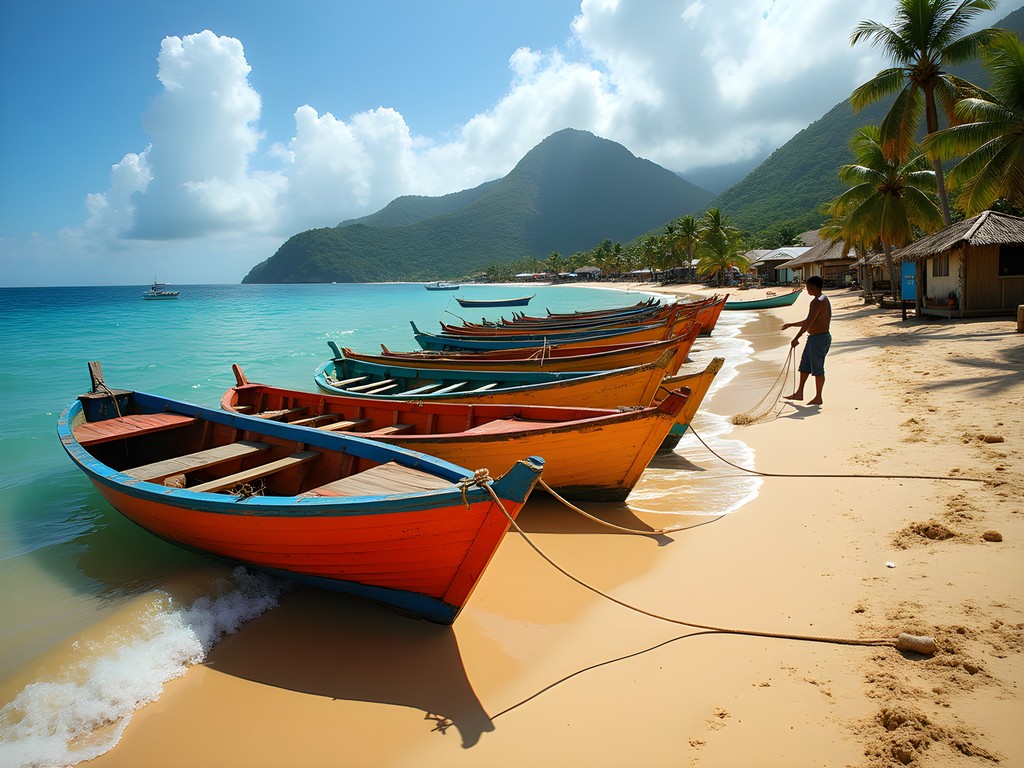
💡 Pro Tips
- Visit on Saturday morning when the fish market is most active
- Respect local privacy—always ask before photographing people
- Try the fresh coconut water sold by vendors near the beach—they'll cut it open with a machete and provide a straw
Cas-en-Bas: The Hidden North Shore Alternative
My investigation of Saint Lucia's beaches wouldn't be complete without including one exception to my southern focus. While not technically near Vieux Fort, Cas-en-Bas on the northern Atlantic coast merits inclusion for couples willing to venture further afield for a day trip (approximately 90 minutes driving each way).
What makes this beach exceptional is how it combines accessibility with seclusion. Despite being just minutes from the island's most developed tourist area (Rodney Bay), Cas-en-Bas remains remarkably undiscovered. The final approach via a bumpy dirt road discourages casual visitors, creating a natural filter that preserves the beach's character.
The setting combines elements from a tropical fantasy—a perfect crescent of sand backed by palm trees, protected by a reef that creates a natural swimming pool effect. Atlantic breezes keep temperatures comfortable even on the hottest days, while the reef barrier tames the otherwise powerful waves.
During my visit, I observed an interesting social ecosystem. One end of the beach hosts a small kitesurfing school, creating a zone of athletic activity and youthful energy. The central portion attracts a mix of knowledgeable tourists and local families, while the far end offers near-complete solitude. This natural segmentation allows couples to choose their preferred social environment.
The beach bar—a simple wooden structure that appears to survive on determination rather than structural integrity—serves cold beer, grilled lobster (when available), and reliable local gossip. The proprietor, whom I'll call 'Marcus' for privacy reasons, has operated here for over 20 years and possesses the kind of situational awareness I once valued in surveillance partners.
For couples seeking both adventure and relaxation, I recommend the inflatable paddleboard available for rent at the kitesurfing school. The protected bay creates ideal conditions for exploration, including a small mangrove area that harbors juvenile fish and occasional resting birds.
My day at Cas-en-Bas reminded me why certain investigations remain memorable long after they're closed—it's not the obvious elements but the unexpected details that linger in memory. In this case: the perfect alignment of mountains and sea, the quality of light in late afternoon, and the satisfaction of discovering a place that feels like it's been waiting just for you.
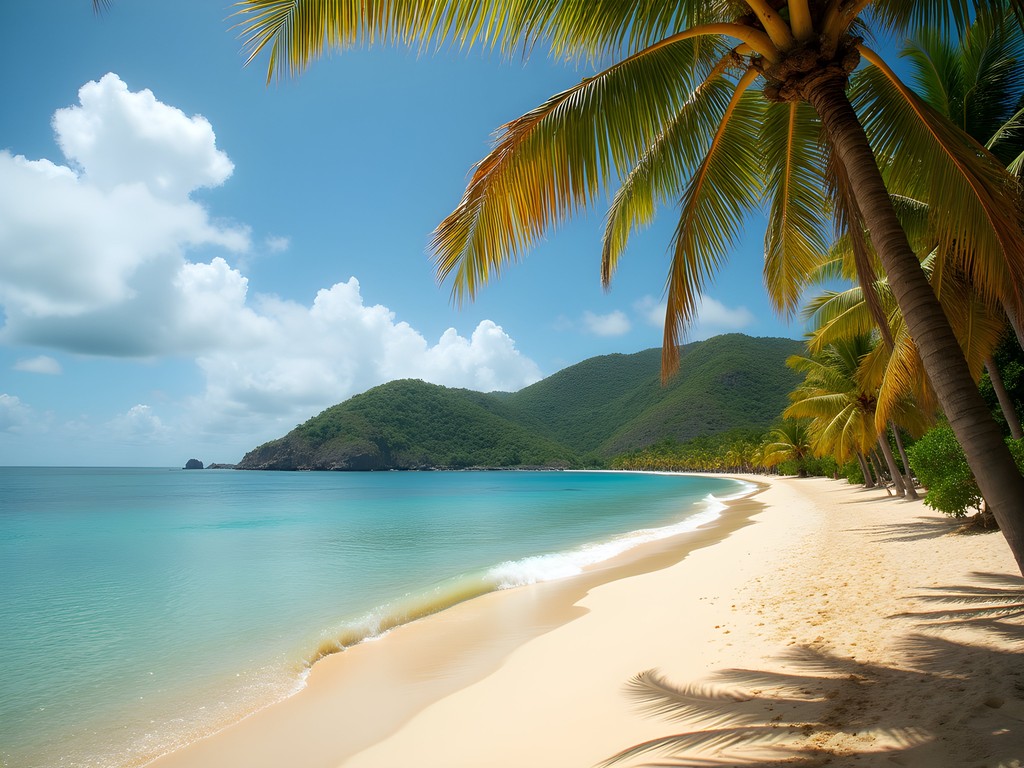
💡 Pro Tips
- Combine with a morning visit to Pigeon Island National Park for a full day of northern exploration
- The road becomes challenging after rain—consider a taxi if you're uncomfortable with rough driving conditions
- Bring cash—the beach bar doesn't accept cards, and there are no ATMs nearby
Final Thoughts
These seven beaches represent my case notes from investigating Saint Lucia's lesser-known coastal treasures. Like any thorough investigation, this one reveals patterns: the further you venture from tourist centers, the more authentic and rewarding your experience becomes. For couples seeking connection—with each other, with nature, with culture—these shores offer something increasingly rare in our hyperconnected world: genuine discovery. My decades tracking missing persons taught me that what most people truly seek isn't exotic luxury but authentic experience and human connection. These beaches deliver both. Whether you're watching leatherback turtles at Grande Anse, sharing freshly caught fish with locals in Laborie, or finding your private cove at Anse des Sables, Saint Lucia's hidden shores await your investigation. The evidence is clear—sometimes the most meaningful discoveries happen when you venture beyond the obvious.
✨ Key Takeaways
- Saint Lucia's southern beaches offer authentic experiences without the crowds found at northern resorts
- Each beach has distinct characteristics—from snorkeling at Anse Chastanet to cultural immersion at Laborie
- Renting a car provides the freedom to explore multiple beaches, though some require 4WD or local drivers
- Winter offers ideal weather conditions with minimal rain and perfect temperatures for beach exploration
📋 Practical Information
Best Time to Visit
December through April (dry season)
Budget Estimate
$150-250 per day for couples (accommodations, car rental, meals)
Recommended Duration
7-10 days to explore all beaches without rushing
Difficulty Level
Intermediate - Some Beaches Require Challenging Drives Or Moderate Hiking
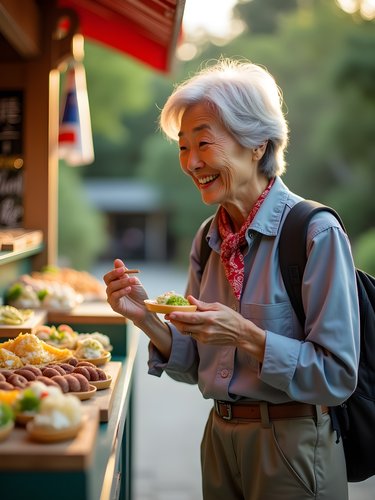
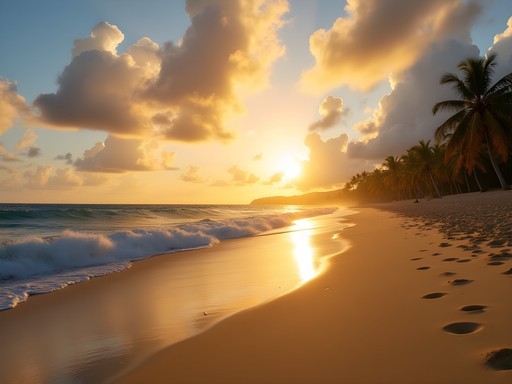
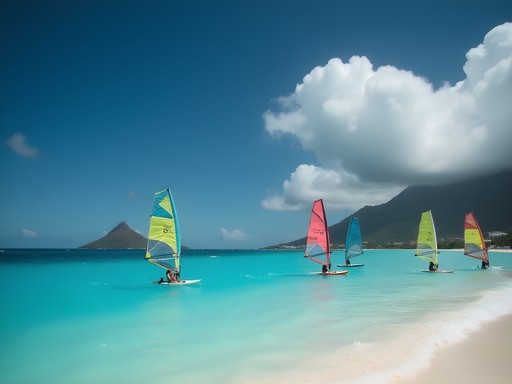
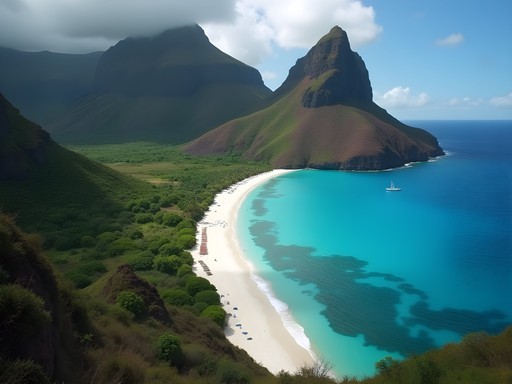
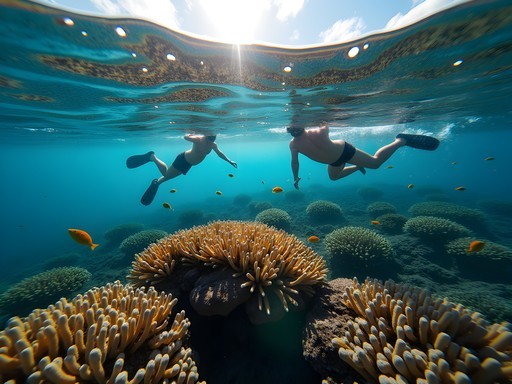
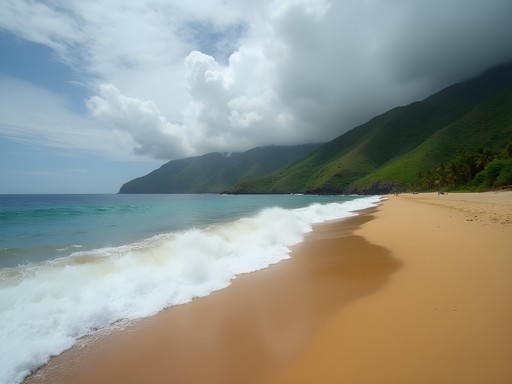



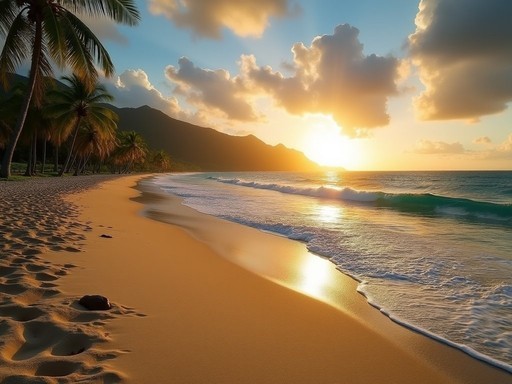
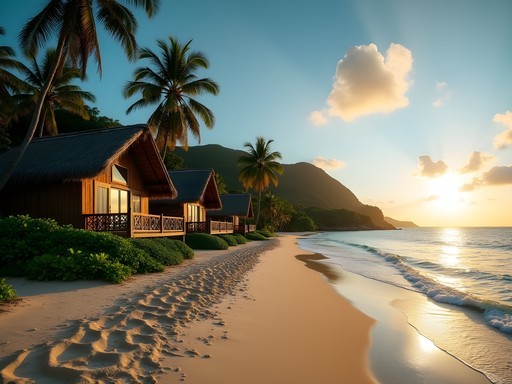
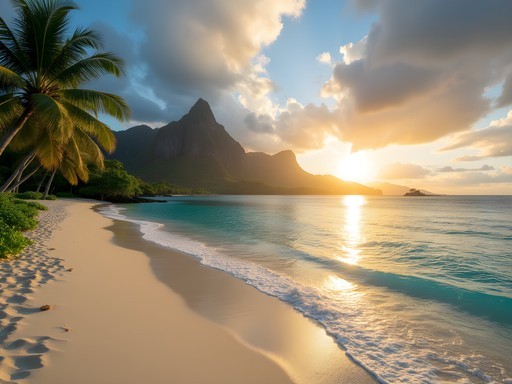





Comments
backpackbuddy
Just saved this post! Heading to Saint Lucia in December and definitely checking out Anse des Sables for windsurfing!
Yuki Hicks
Great choice! December has perfect wind conditions there. If you're a beginner, there's a small school that offers lessons right on the beach.
backpackbuddy
Thanks for the tip! Definitely a beginner so will look into lessons.
Douglas Bradley
Excellent write-up that goes beyond the typical tourist spots! I'd add that Anse Chastanet isn't just great for snorkeling - it's one of the few places I've seen where the reef starts practically at the shoreline. I spent three hours there and identified 27 different fish species. For anyone planning to visit, I'd recommend bringing your own snorkel gear rather than renting - I use a full-face snorkel mask which is perfect for beginners who struggle with traditional snorkels. One tip about Sandy Beach - if you're there during turtle nesting season (March-August), you might spot leatherbacks coming ashore at night. The local conservation groups sometimes do guided viewing walks. Worth checking out!
backpackbuddy
Those turtles sound amazing! Added to my bucket list.
travelbuddy
How easy is it to get to these beaches if you're staying in Soufriere? Are taxis reliable or should we rent a car?
Douglas Bradley
Not the author, but I was in Saint Lucia earlier this year. If you're in Soufriere, Jalousie and Anse Chastanet are actually quite close to you - maybe 10-15 minutes by taxi. For the beaches closer to Vieux Fort though, I'd recommend renting a car. The island's roads are winding but manageable, and public transport can be spotty in the south. Just be prepared for some narrow mountain roads!
travelbuddy
Thanks Douglas! That's really helpful. Might split our time and do the closer ones by taxi then rent for a day to explore the southern beaches.
roamseeker
Just got back from Saint Lucia last week and I wish I'd seen this post before! We stayed in Castries the whole time and completely missed these southern gems. That Jalousie Beach with the white sand looks incredible between the Pitons. Definitely bookmarking this for next time. Love how you framed everything as an investigation, Yuki - fits your background perfectly!
Yuki Hicks
Thanks roamseeker! The south really is a different world compared to the north. Hope you make it back to check these spots out!
Lillian Diaz
Yuki, your post brought back so many memories! I backpacked through Saint Lucia last year and stumbled upon Sandy Beach by accident when my bus from the airport took a wrong turn. What a happy accident! I ended up spending three days there, sleeping in a small guesthouse run by a fisherman's family. The contrast of watching planes land while floating in crystal clear water was surreal. For anyone visiting, there's a hidden path at the south end that leads to a tiny cove where sea turtles sometimes nest. Just be respectful and don't disturb any marked areas. Also, the sunset from Anse des Sables is absolutely magical - the sky turns this incredible shade of purple that I've never seen anywhere else in the Caribbean.
sunsettime
That purple sunset sounds amazing! Do you remember what time of year you were there?
Lillian Diaz
I was there in late February! I think the dry season (December-May) generally has the best sunsets because there's less cloud cover.
wildguy
Is it safe to leave belongings on the beach while swimming? Especially at the less crowded spots?
wandertime
I was there in January! Most beaches felt pretty safe, but I used a waterproof pouch for valuables just to be sure. The locals were super friendly.
sunsettime
Those photos of Sandy Beach are incredible! Adding this to my bucket list ASAP!
beachclimber
I absolutely love how you compared finding these beaches to tracking missing persons! So clever! We visited Vieux Fort last month and completely agree that these spots are criminally underrated. The locals we met were so friendly and pointed us to a tiny seafood shack near Anse des Sables that served the best grilled mahi-mahi I've ever tasted. One thing to add - the road to Jalousie Beach is pretty rough in parts, so if you're renting a car, get something with decent clearance. Our little economy car struggled a bit, but the views were worth every bump!
starqueen4013
Has anyone been to Anse Chastanet recently? Is the snorkeling still good? I heard there was some coral damage after the last hurricane.
Lillian Diaz
I was there just last month! The reef is recovering nicely - I saw tons of parrotfish, angelfish, and even a couple of reef squid. The northern section had some damage, but the area right off the beach is still amazing. Bring your own gear if you can - rentals are pricey at $20/day. I used my full-face snorkel mask and it was perfect for spotting everything without constantly adjusting a traditional mask.
Jean Wells
Yuki, your investigative approach to travel writing is refreshing! I visited Anse des Sables last year and can confirm it's indeed a windsurfer's paradise. The consistent trade winds create perfect conditions, especially between 11am-3pm. What your article doesn't mention is the small food shack run by a local woman named Marissa - her grilled mahi-mahi with green banana is worth seeking out. I'd also add that the northern end of the beach tends to be less windy and better for swimming. Your description of Jalousie Beach's 'white sand anomaly' is spot-on - it's geologically fascinating compared to the volcanic black sand prevalent elsewhere on the island.
Venture X
Premium card with 2X miles, $300 travel credit, Priority Pass